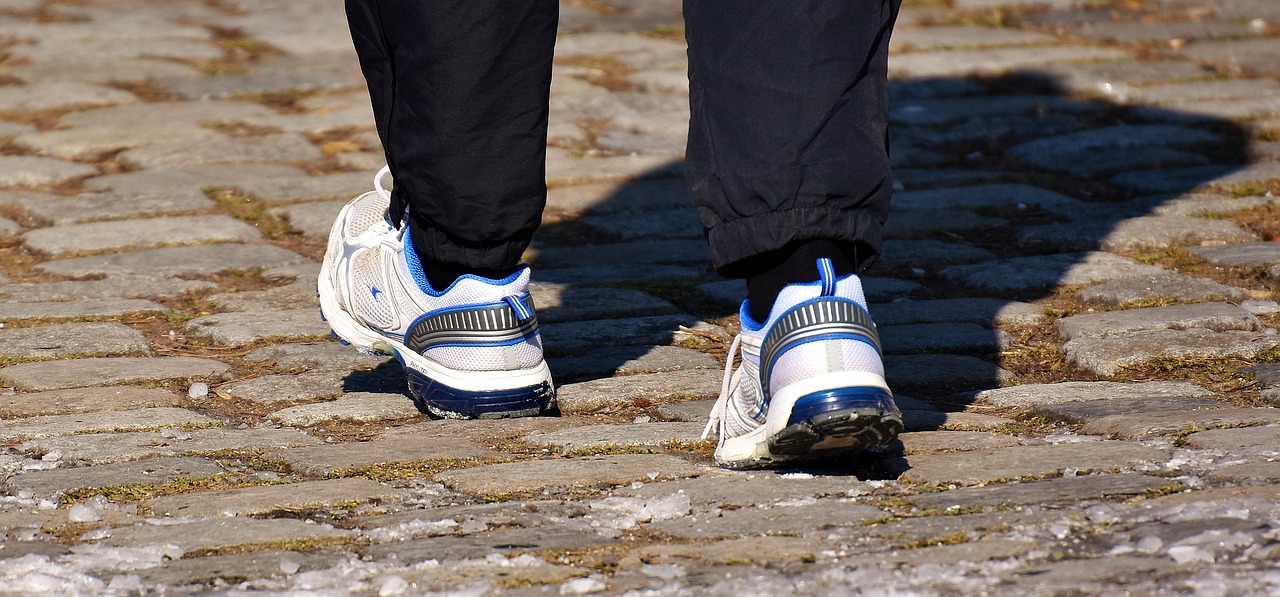
26 Apr On a Quest for the Perfect Athletic Shoe? Some Tips Before You Shop
Sometimes shopping for athletic shoes can feel like you’re on a never-ending quest, and these days the choices can be mind-boggling. It doesn’t matter if you’re a walker, hiker, runner, or just someone looking for comfortable, supportive shoes – chances are you’ve faced all the modern options (and marketing) that go along with today’s latest footwear options. From maximum cushion to the minimalist movement – how is the average shopper supposed to know where to start? We offer some advice before you head out to your local shoe shop or athletic store.
Minimalist May Not Be For Everyone
Along with popular running book, Born to Run, and famous runners who swear by them, the minimalist shoe movement has no shortage of die-hard fans. The theory is that you’re not born in cushioned shoes and that by wearing shoes with minimal supportive material between you and the ground, you’ll encourage your body’s natural movement. Not everyone does well with minimalist shoes and depending on your frame, fitness level, feet, and more – you might end up in some discomfort. If you plan to run in minimalist shoes and are switching from traditional running shoes, a slow and gradual change is typically advised. Doctors have seen stress fractures in some patients who switch to minimalist shoes; so go slowly and listen to your body. If you have continued pain and discomfort, talk to your provider and possibly reconsider your switch.
Zero Drop Doesn’t Mean Zero Chance of Injury
Another big movement in athletic shoes is the zero drop shoe. That’s just a term for shoes that have a heel in line with the forefoot of the shoe. Traditional athletic shoes have an elevated heel, and zero drop shoes remove that elevation. Although the theory is that zero drop shoes improve body movement by allowing a more natural gait, a recent study showed similar injury levels in zero drop and traditional shoes among runners. There are many zero drop shoes that are minimalist shoes but also many which have plenty of cushion, depending on your preferences. Just like minimalist shoes, transitioning to a zero drop shoe takes time. You may notice tighter calves and sore lower legs initially. Take the transition slowly, and remember to talk to your provider if you experience extended pain or discomfort.
Beware the Old Favorites
Maybe you’ve been buying updated pairs of the same favorites for years. Many shoe manufacturers make small, subtle tweaks to their models with each update; however, sometimes these changes will affect the way the shoes fit, feel, and function for you. If your old favorites aren’t feeling the same these days, it may be time to try out a new model. Ask a knowledgeable member of the sales team for a professional fitting – most specialty stores provide this service free of charge along with their recommendation. Another resource is your physical therapist. If you’ve been seeing a PT or you have questions about your balance, gait, or how to improve your movement, a PT can see what shoes you’re currently wearing and give you suggestions about what might help (or hurt) in terms of your next pair.
Body One Physical Therapy is a locally-owned practice with three locations serving Central Indiana: North Indianapolis, Fishers, and Zionsville. If you’re hoping to improve your physical fitness, health, and quality of life, we’d love to help. Call us today and make an appointment.




